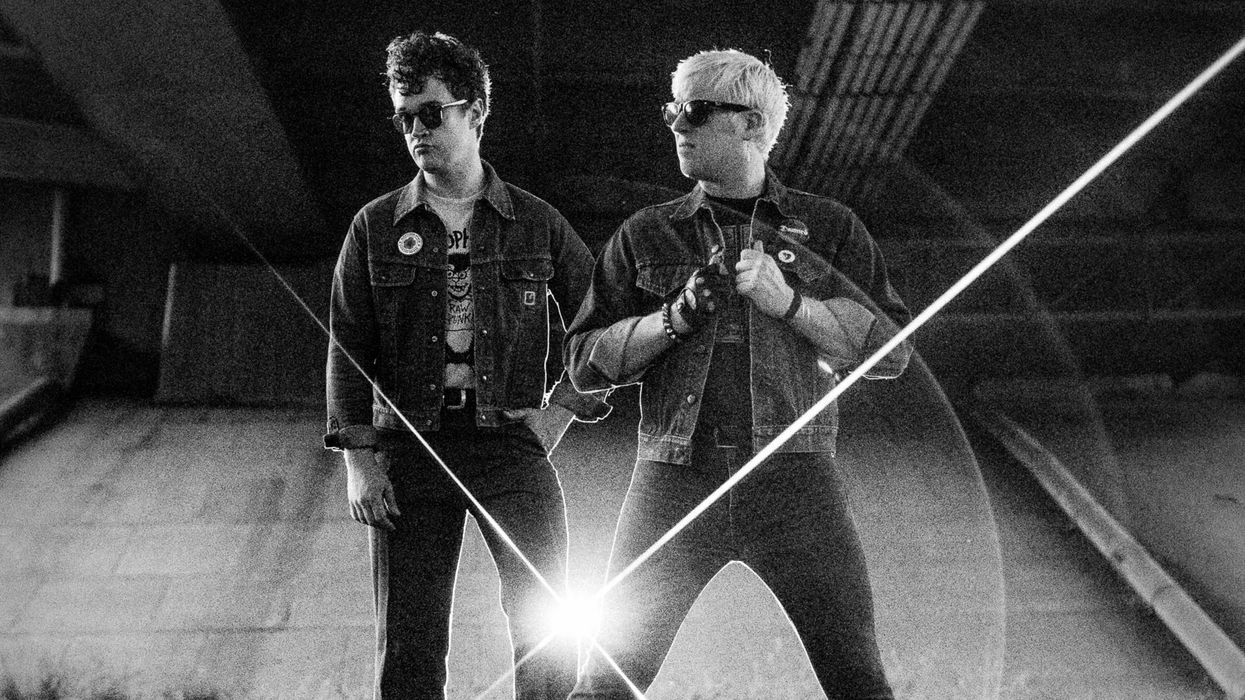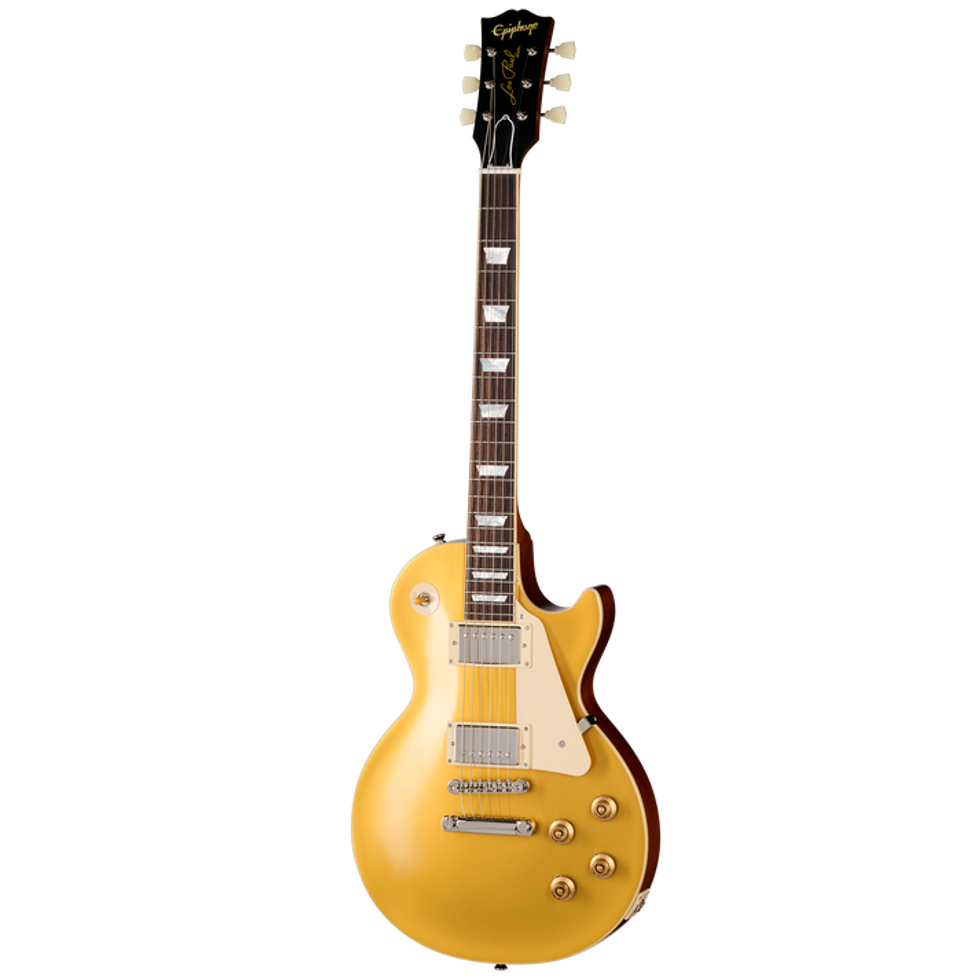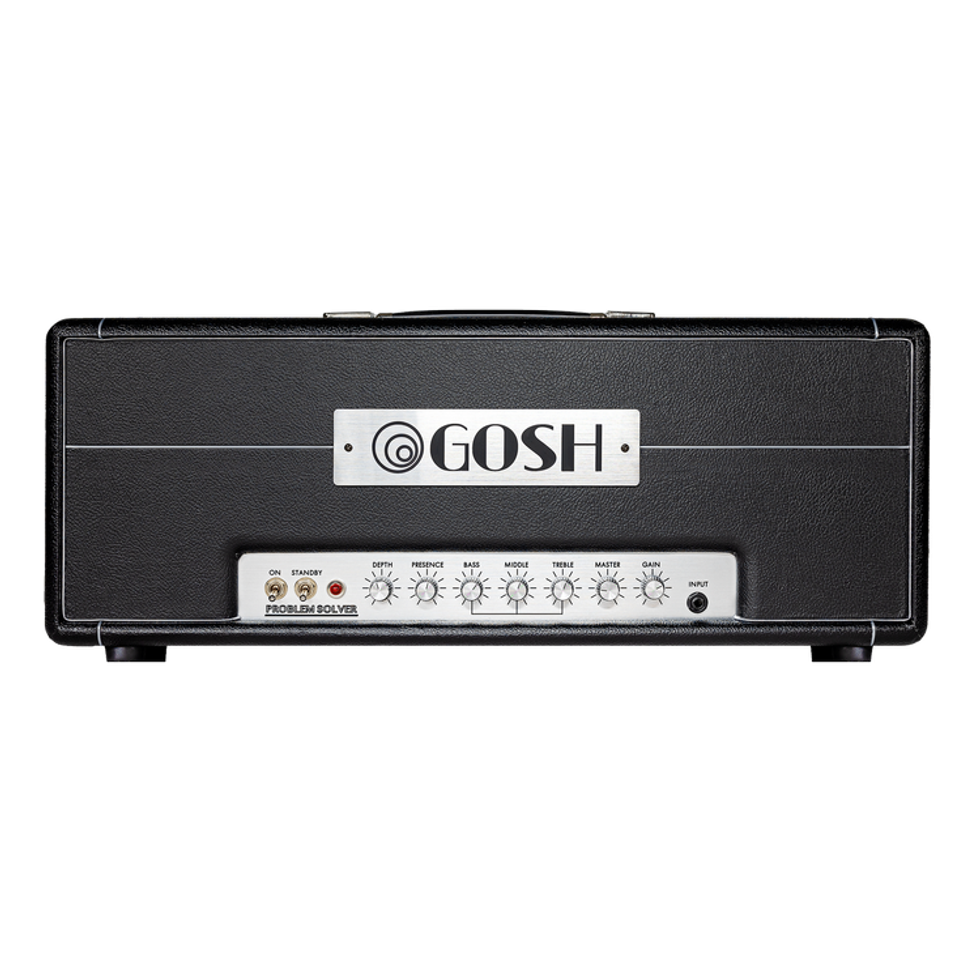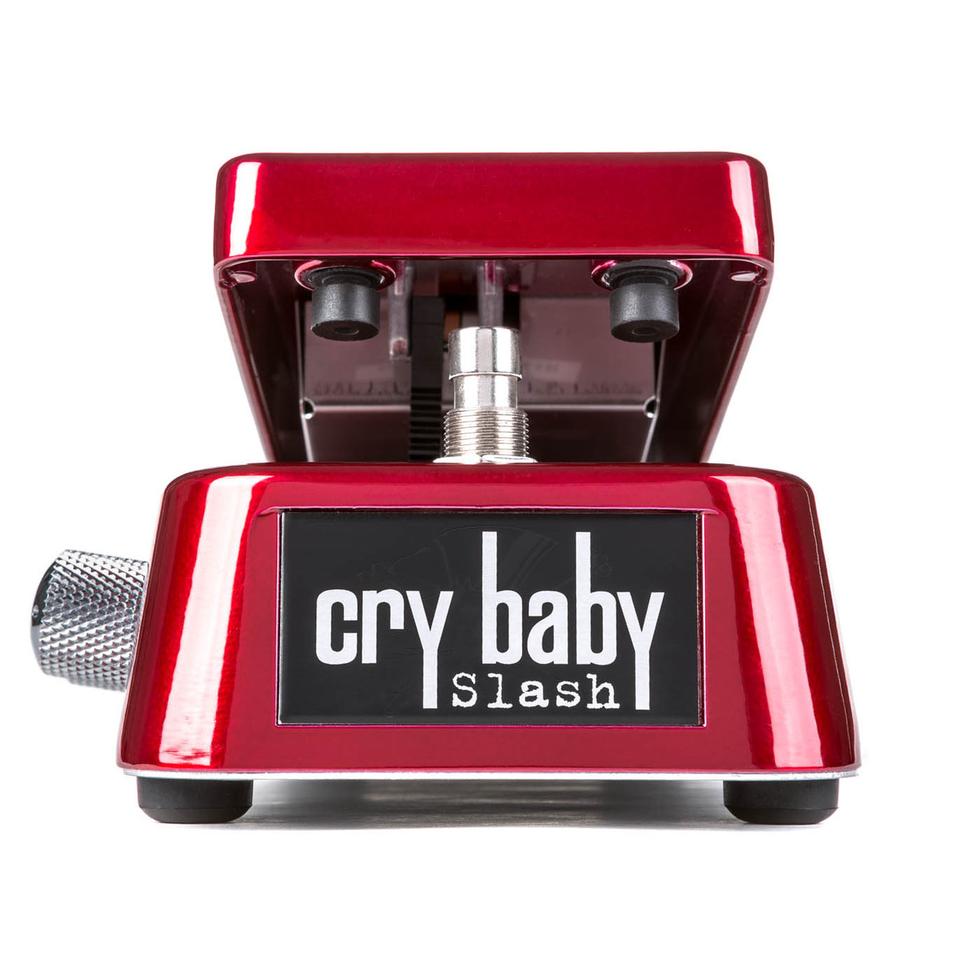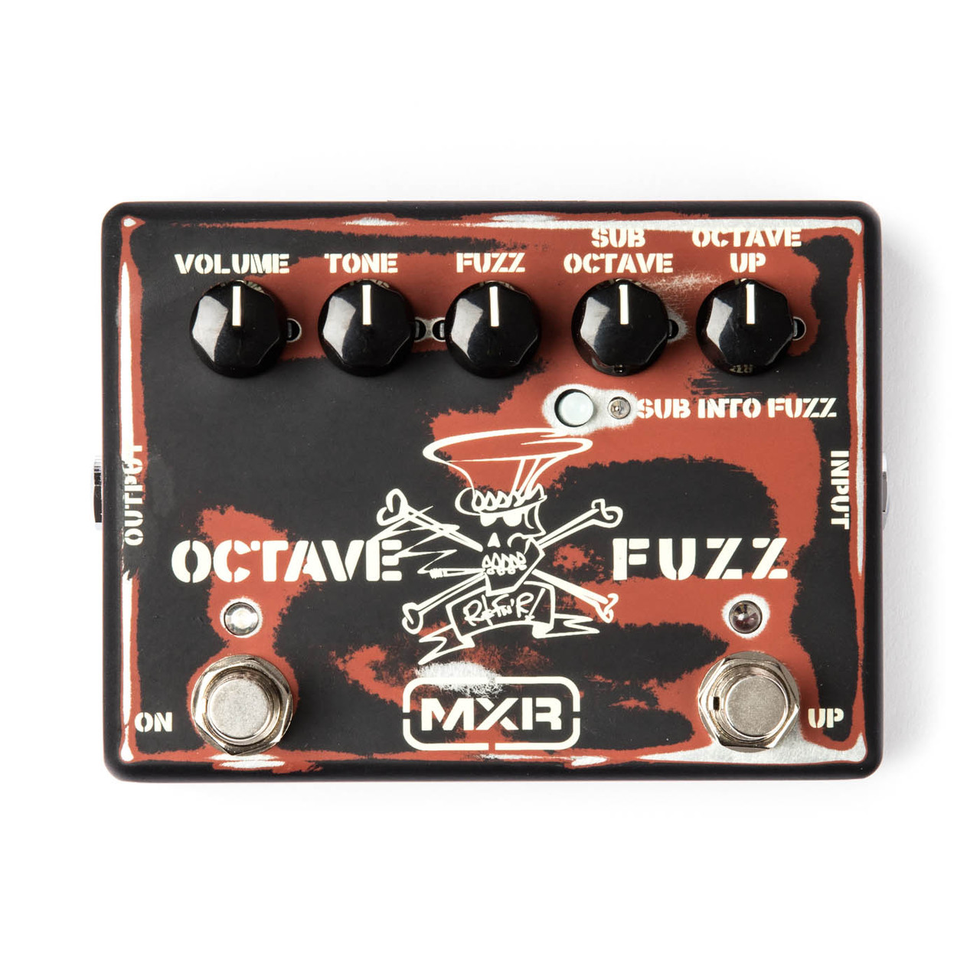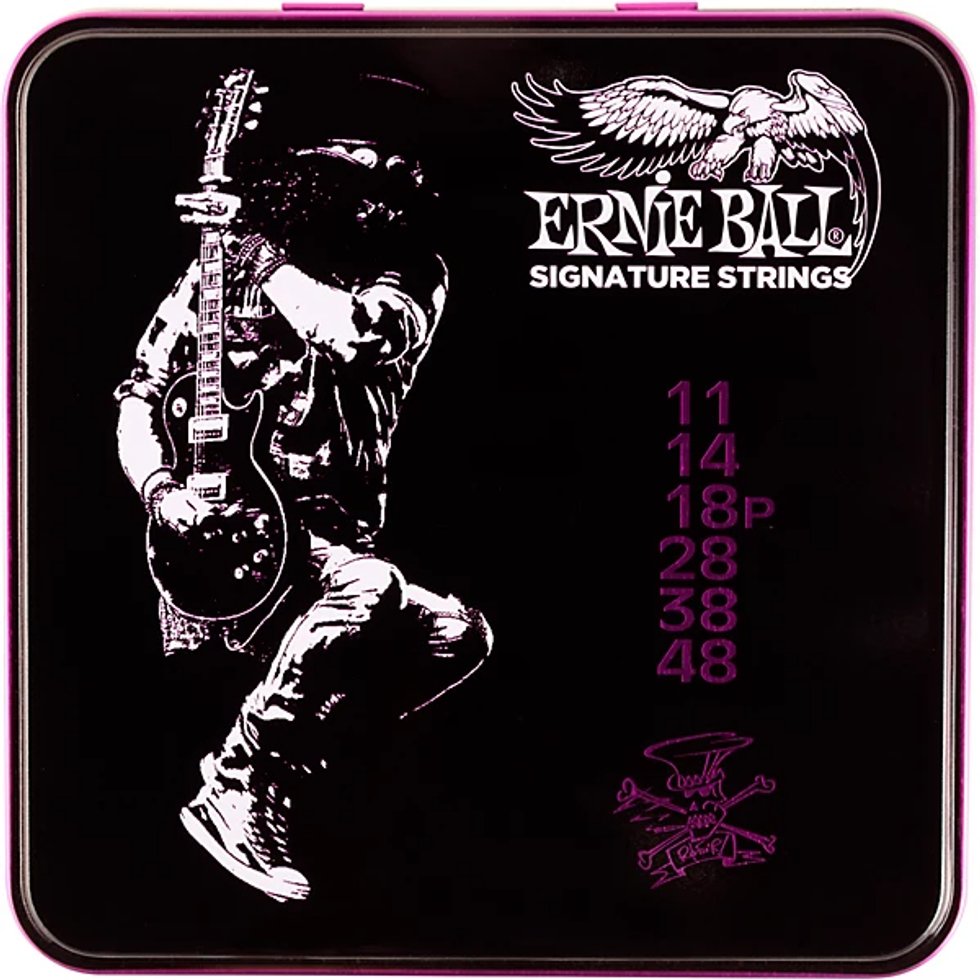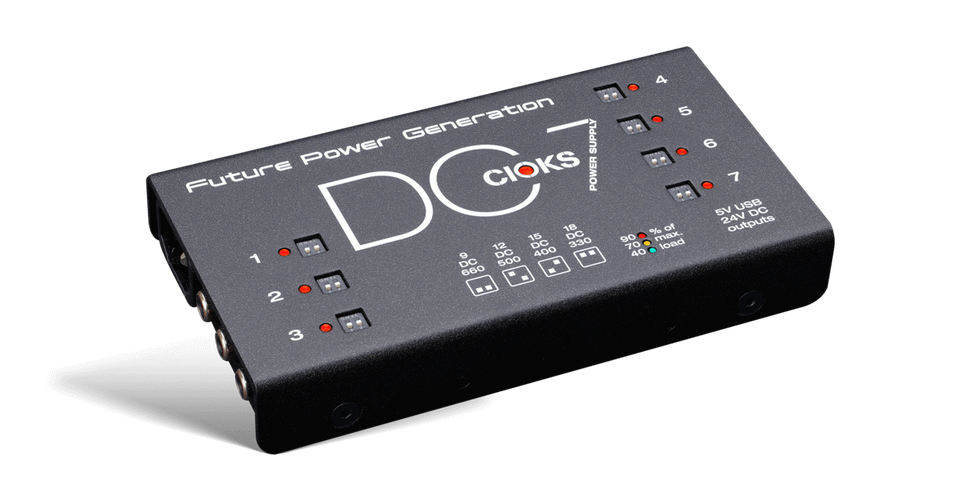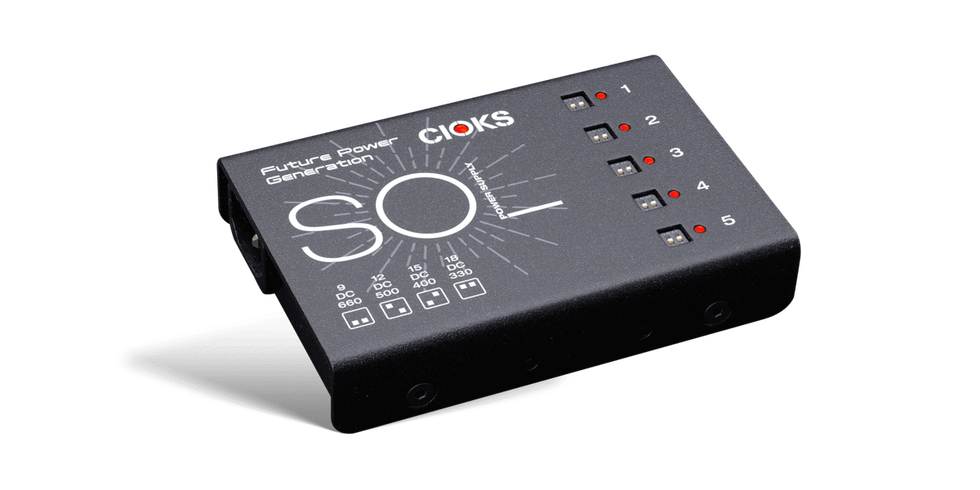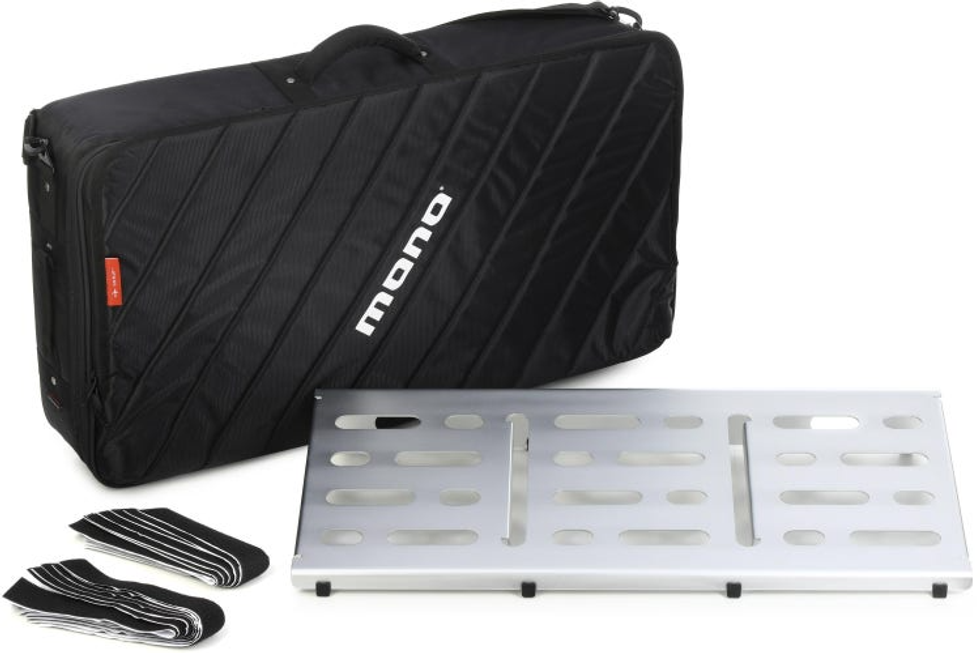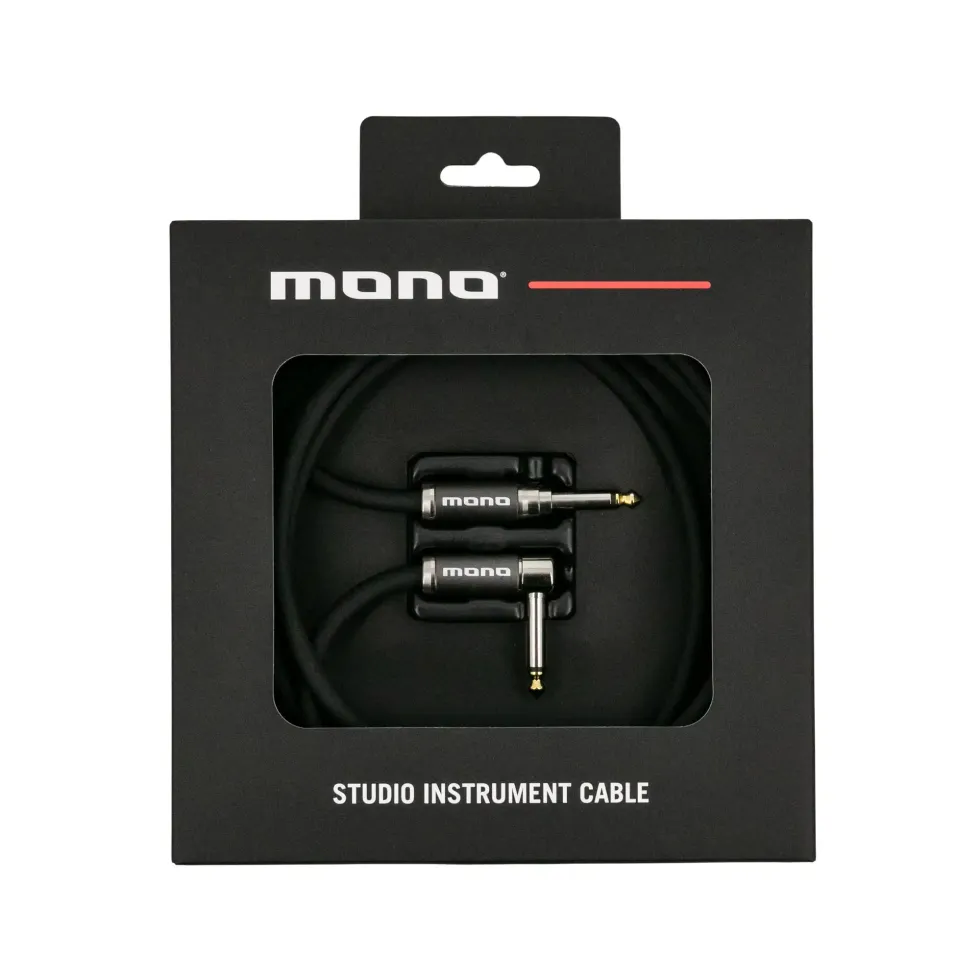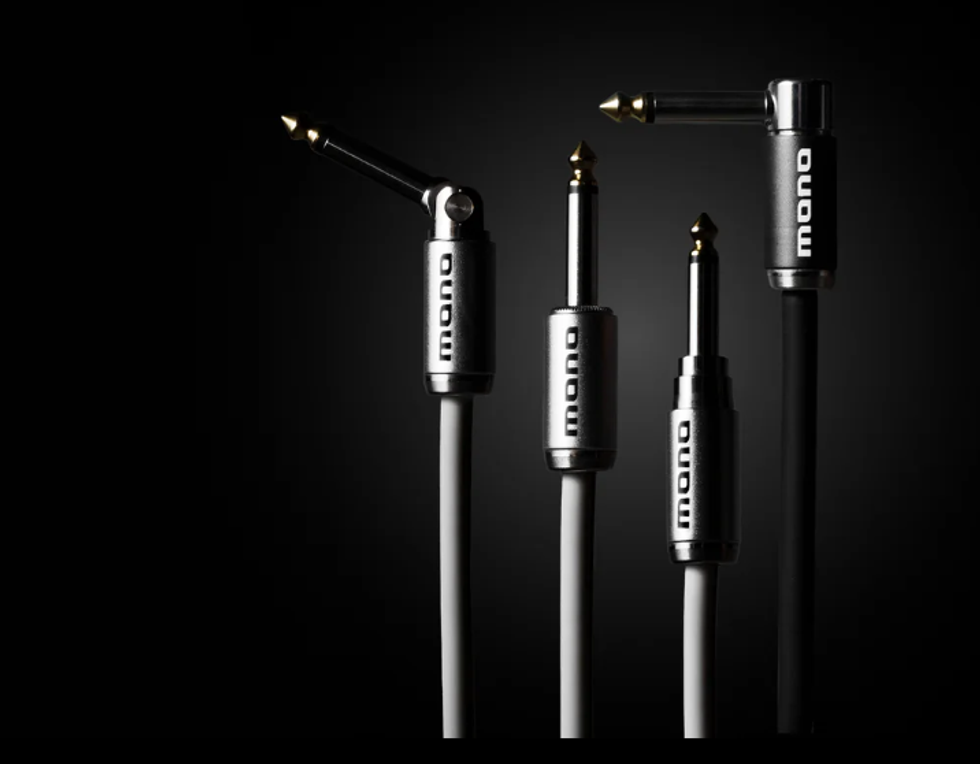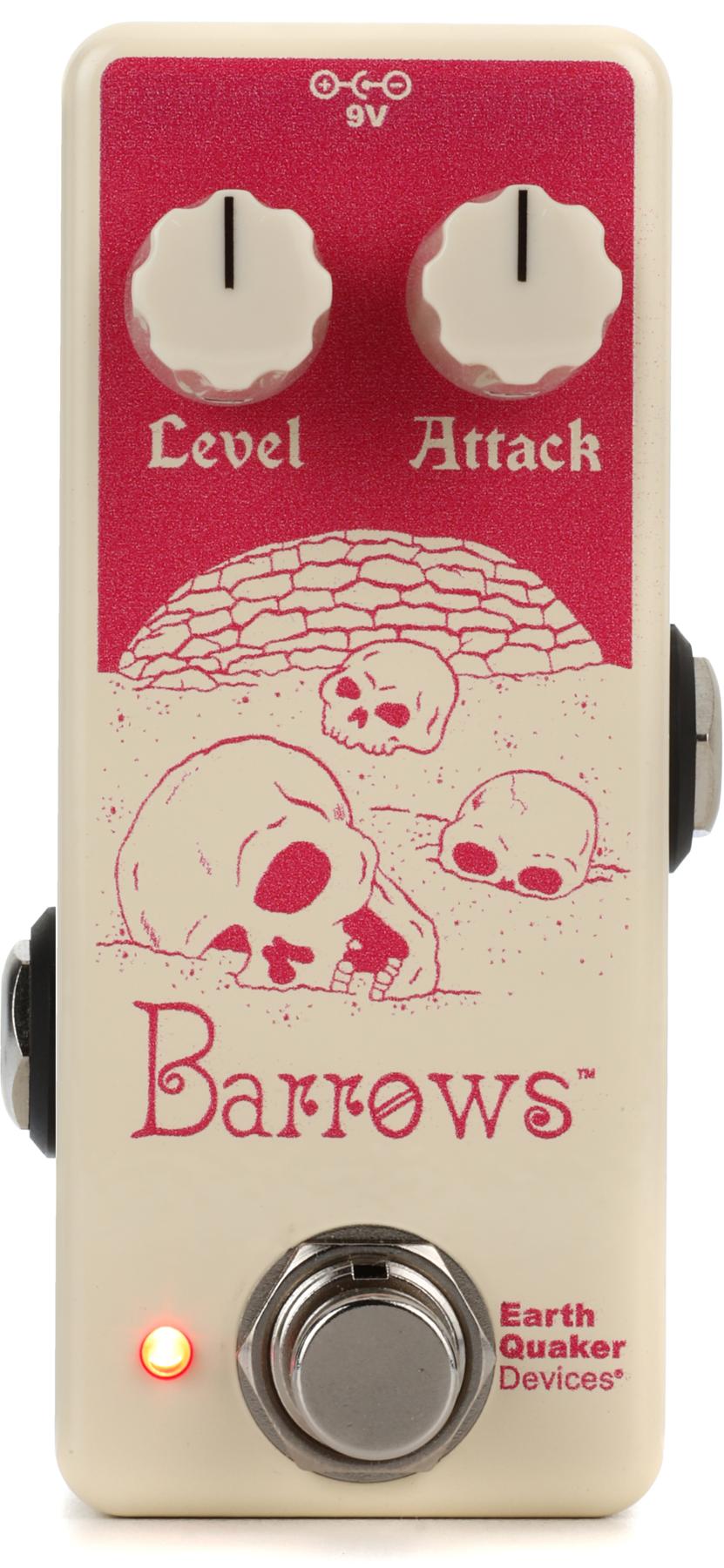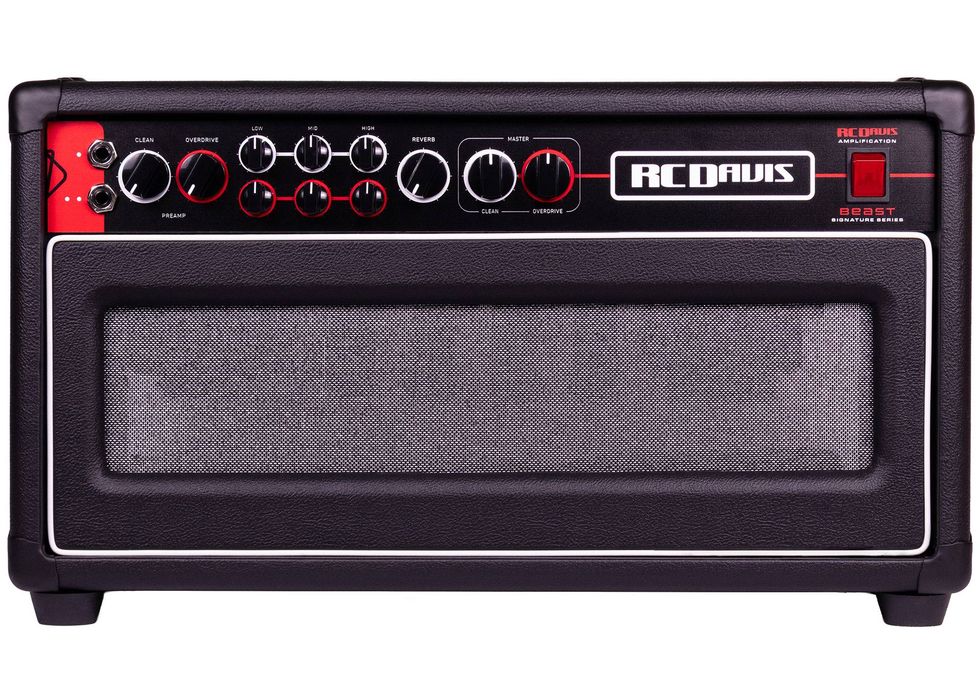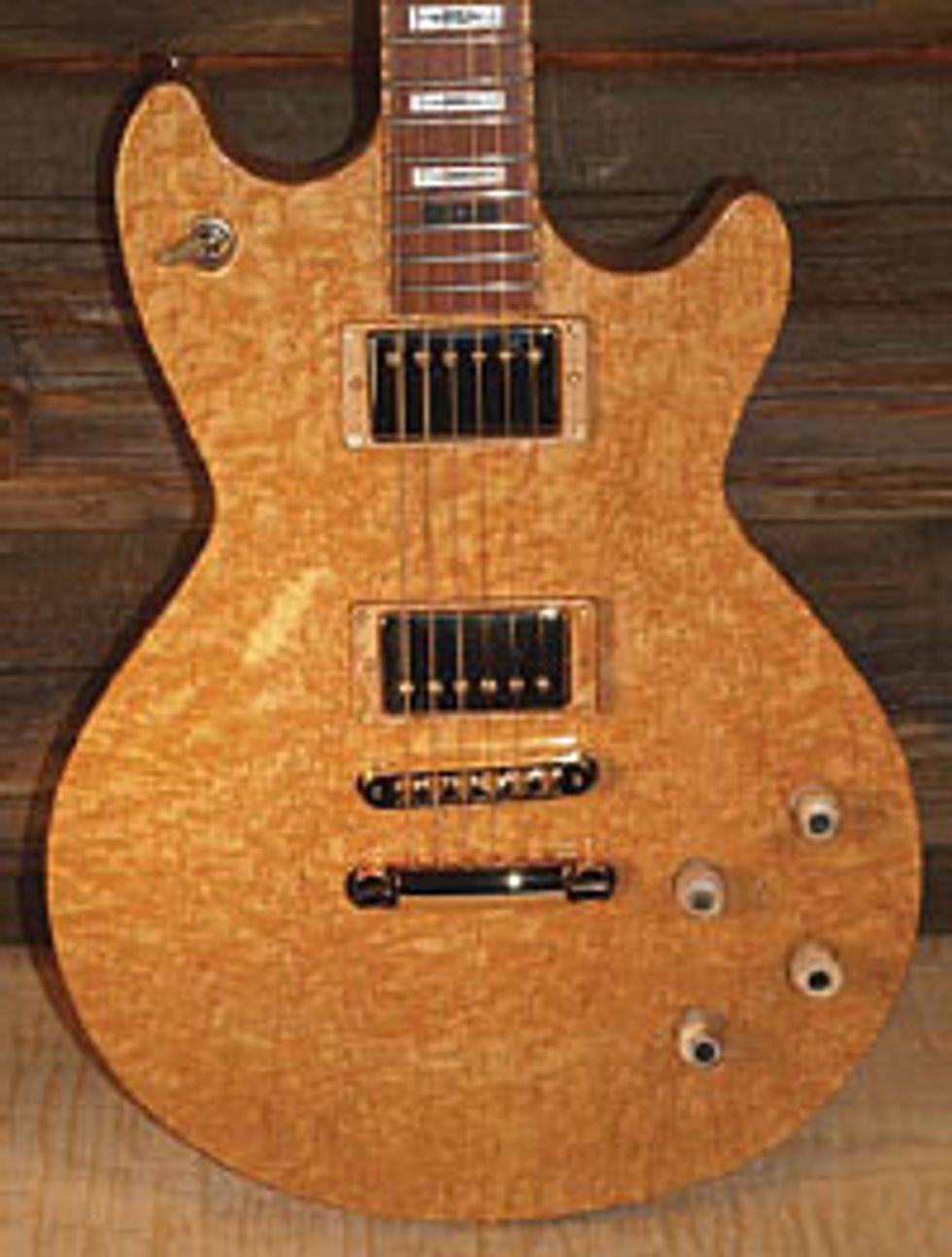 Birdseye maple is not a specific species of wood. Instead, the term refers to the distinctive pattern formed in other figured maple trees. The greatest concentration of trees with Birdseye maple figure is found in North America around the Great Lake states and into Canada.
Birdseye maple is not a specific species of wood. Instead, the term refers to the distinctive pattern formed in other figured maple trees. The greatest concentration of trees with Birdseye maple figure is found in North America around the Great Lake states and into Canada. Identifying trees with Birdseye maple figuring is sometimes hard. When we are searching for wood, we look for certain characteristics of the trees and the terrain that have proven successful in the past. I have noticed that many logs that have Birdseye figuring look distressed. Often, the portion of the trunk closest to the ground is constricted, rather than fanning out. The first growth limbs on the tree droop towards the ground before growing upward. The bark exhibits indentations, as if a bird was pecking on it. The trees seem to be more prevalent on North-facing slopes where sun is restricted, and rocky areas usually produce more Birdseye maple. Though these characteristics are helpful for increasing the chance that an area of trees might have Birdseye maple, the actual occurrences can be sporadic; if 500 hard maple trees were cut, you might find one log with Birdseye figure, you might find 25, or you could easily find none.
Even when you find a tree with Birdseye figure, the figure may be found throughout the entire tree, or it might be found only on one side of the log or in spotty areas. There is no definitive answer as to why Birdseye maple develops. Wood technologists have proposed that viral infections, genetics, climate, soil conditions, insects, or birds pecking could be reasons for the figuring, but nobody knows for sure.
Characteristics
Birdseye maple is recognizable by conical indentations that grow out of the growth rings of the tree, usually with a diameter of 1/16” to 3/8”. In Birdseye maple lumber, the sap wood of the tree is usually creamy or light amber in color with a medium to hard density. The heartwood is usually reddish or darker brown. The Birdseye pattern varies from light to very intense, which is often referred to as “hammered.” The larger Birdseye pattern, which I call “Big Eye” Birdseye, is very beautiful but tends to have bark pockets within the figure.
Birdseye maple lumber is extremely hard and very dense and is flat sawn to show the figure. Once dried, it is extremely stable and has a beautiful look and finish. The hammered Birdseye lumber with intense figuring is quite rare. I have inspected 20,000 board feet of 8/4 (woodspeak for 2” thick) Birdseye lumber and found only 1,500 board feet that made the highest grade.
Applications
Birdseye maple is highly prized by woodworkers. It is an excellent wood for turning, and is used for pool cues. It is extremely stable and a high polish can give the wood a nearly translucent quality.
Birdseye maple can have a smooth, glassy look and make for a fast-feeling fingerboard. Birdseye maple does work well for guitar tops, however book matching can be difficult because the structure of the figure changes as it runs through the log. The wood can be matched by slip matching, which matches the top wood from two different portions of the same board. Extremely highly figured wood looks beautiful either way, and often you can’t tell the difference.
Cost
Birdseye maple logs are extremely valuable, and extremely highly figured ones rarely make it to the guitar industry in board form, but are instead bought by veneer buyers. Extremely high grade Birdseye figured logs – where the figure is throughout the log and has no imperfections – can run between $35 and $50 per board foot. So, a log that is 24” in diameter and 12’ long has 300 board feet in it and could run from $10,000 to $15,000, though prices this high are rare. The log can yield a lot of veneer at 1/48” thickness, which is why they end up in the veneer industry. Most other Birdseye logs will cost $15 to $20 per board foot. As you can see, cutting lumber from logs as expensive as these can be an expensive task when the best samples are so rare.
All in all, Birdseye maple is an extremely fine and rare instrument wood and adds a very clean and bright sound to music instrument applications.
Michael Blank
Michael Blank has been cutting instrument grade figured maples for over 25 years. He has sold figured maple tops, necks, lumber and veneer such as Birdseye, Curly and Quilted maple to many instrument manufacturers, including Gibson Guitars. He still cuts wood frequently and supplies wood to smaller custom builders, but has also channeled his efforts towards building Zuni Guitars with his partner Thomas Stratmann in Germany.





